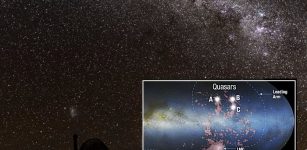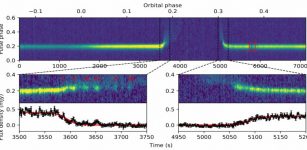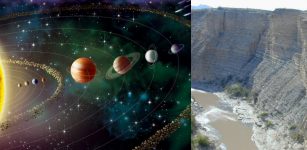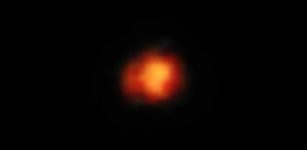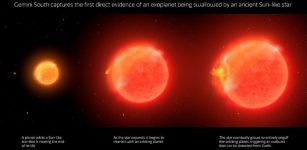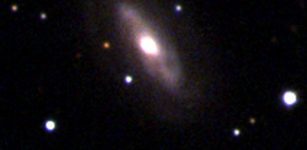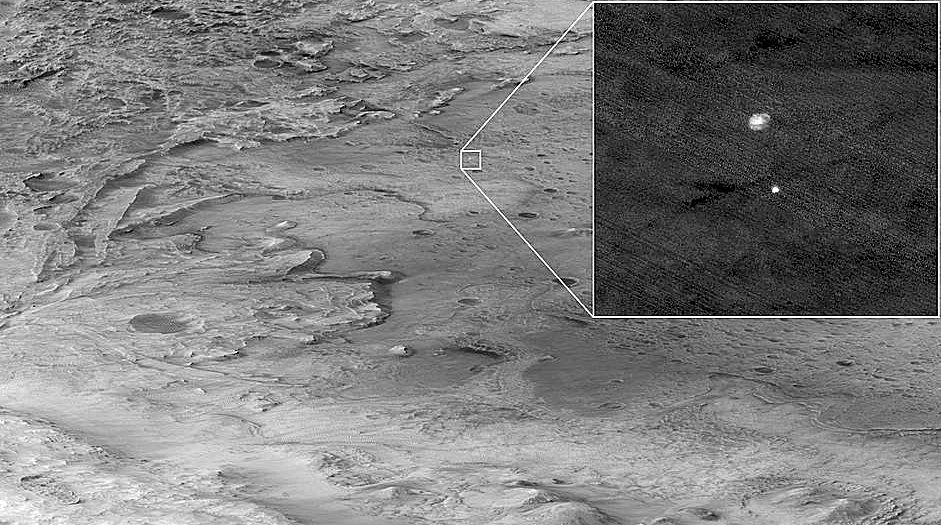Populations Of Ancient Stars Are 4 Billion Years Younger Than Previously Thought
MessageToEagle.com – New study led by the University of Warwick indicates that globular clusters may be only about 9 billion years old, according to new models developed by astronomers.
The discovery brings into question current theories on how galaxies, including the Milky Way, were formed – with between 150-180 clusters thought to exist in the Milky Way alone – as globular clusters had previously been thought to be almost as old as the Universe itself.
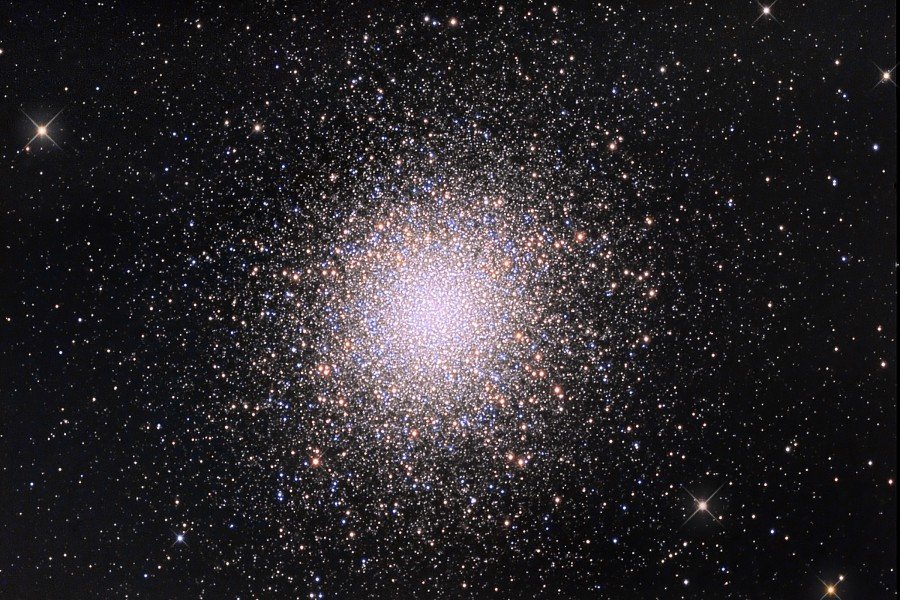
Designed to reconsider the evolution of stars, the new Binary Population and Spectral Synthesis (BPASS) model stake the details of binary star evolution within the globular cluster into account and are used to explore the colors of light from old binary star populations – as well as the traces of chemical elements seen in their spectra.
The evolutionary process sees two stars interacting in a binary system, where one star expands into a giant whilst the gravitational force of the smaller star strips away the atmosphere, comprising hydrogen and helium amongst other elements, of the giant. These stars are thought to be formed as the same time as the globular cluster itself.
The BPASS models, developed in collaboration with Dr JJ Eldridge of the University of Auckland, had previously proven effective in exploring the properties of young stellar populations in environments ranging from our Milky Way all the way out to the edge of the Universe.
“Determining ages for stars has always depended on comparing observations to the models which encapsulate our understanding of how stars form and evolve,” Dr Elizabeth Stanway, of the University of Warwick’s Astronomy and Astrophysics Group and the new finding’s lead researcher.
Dr Stanway suggests that the research’s findings point to new avenues of enquiry into how massive galaxies, and the stars contained within, are formed:
“It’s important to note that there is still a lot of work to do – in particular looking at those very nearby systems where we can resolve individual stars rather than just considering the integrated light of a cluster – but this is an interesting and intriguing result.
“If true, it changes our picture of the early stages of galaxy evolution and where the stars that have ended up in today’s massive galaxies, such as the Milky Way, may have formed. We aim to follow up this research in future, exploring both improvements in modelling and the observable predictions which arise from them.”
MessageToEagle.com

